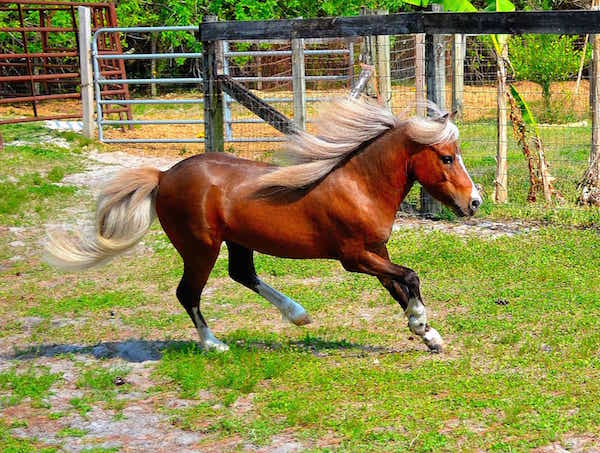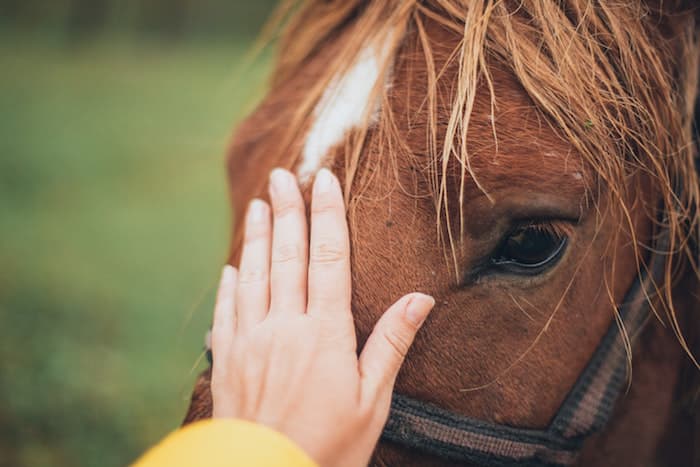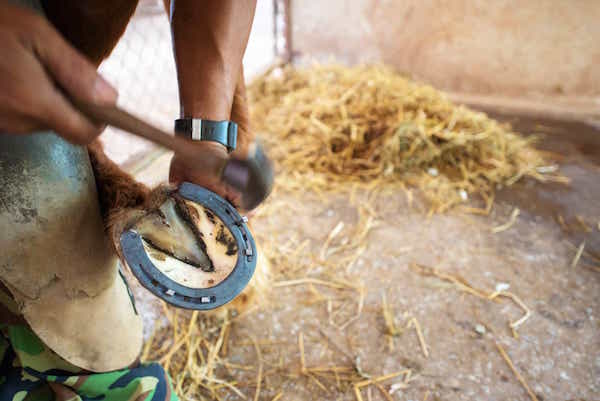Horses, with their sleek manes and sturdy torsos, are magnificent animals known to form deep connections with their owners. As a horse owner, it’s natural to worry about their health and go to great lengths to ensure they’re in good shape. Unfortunately, your horse can fall victim to a disease such as Degenerative Suspensory Ligament Desmitis (DSLD) that has no cure.
DSLD is a condition where a key structure that supports a horse’s lower legs degenerates with time. The disease is painful and spreads through the entire body, exacerbating to the extent that the horse cannot move or stand easily. While it’s not preventable or curable, you can adopt some habits to ease the animal’s pain. Keep reading to understand how DSLD works and what methods you can use to manage its symptoms in your horse effectively.
Explaining DSLD
The structure affected by DSLD is the suspensory ligament that provides critical support to a horse from the knee down. DSLD damages this ligament and can be found in either front legs, hind legs, or all legs. This condition deviates from typical suspensory ligament injuries because it occurs without any history of trauma. The ligament also does not heal with rest, meaning DSLD in horses is not treatable.
This ailment can appear at any age, ranging from when a horse is a few months old to several years after its birth. DSLD is prevalent in various breeds, such as Peruvian Pasos, Arabians, American Saddlebreds, and Paso crosses, and can reach 40% of horse herds. Since it is found in certain bloodlines, veterinarians have reasons to believe that the disease is hereditary.
Recognizing DSLD Symptoms
If your horse’s fetlock joints are dropping to the ground, this is a tell-tale sign of an advanced DSLD stage. In some cases, the animal might even have swollen fetlocks and can emit heat from the suspensory ligaments. These dramatic changes are easier for horse owners to observe. However, earlier DSLD stages are much more challenging to identify because symptoms are subtle and vague.
Some signs to look out for include behavioral changes, gait changes, stumbling, tripping, lack of stability when moving or standing, shifting lameness from one leg to the other, and a drop in the performance quality. These indicators are nonspecific as they can also point to neurological issues, colic or gastric ulcers, and make it challenging to diagnose and recognize DSLD early on.
How to Manage DSLD
DSLD progresses slowly, but since it’s not curable, treatments focus on making the horse feel comfortable and reducing pain. In the following section, we’ll look at existing medications, exercises, living arrangements, and body care through which you can offer support to your horse.
1. Bodywork and Hoofcare
A significant aspect of managing DSLD in horses is providing them with proper trimming or shoeing. A horse diagnosed with this disease is likely to dig holes in the ground to relieve pressure on the backside of the leg’s tendons and ligaments and, thus, stand on its toes rather than its heels. There are also various alternative and complementary therapies present that healthcare professionals and veterinarians offer to help ease discomfort and enhance tissue health. You can consider options like acupuncture, chiropractic, massages, laser and shockwave treatments, magnetic therapy, and PRP (platelet-rich plasma) injections.
2. Medicines and Supplements
Many things can lead to discomfort when the horse has DSLD. These include the limb’s changing conformation, pain compensation muscles, and tendons, arthritis because of the extensive pressure on joints, and even the suspensory ligaments. It’s essential to consult a vet with whom you can design a plan incorporating long-term pain management and allowing the horse to be at some ease without an increased risk of side effects.
Horse owners and veterinarians commonly depend on anti-inflammatory and non-steroidal drugs, such as Banamine, Equioxx, and phenylbutazone (bute), to relieve pain that’s spread through the entire body and reduce inflammation caused by DSLD. When it comes to supplements, it’s common to use them based on word-of-mouth. For example, MSM is used for inducing comfort in DSLD horses, and it also acts to reduce swelling. You can supplement your horse with herbs or other ingredients approved by your vet after informed discussions.
3. Lifestyle Habits
You should focus on the type of environment that makes your DSLD horse feel better, whether it’s maintaining weight or getting more movement in. Paying attention to what makes them feel worse is also essential to managing their health. It’s not recommended to allow stall rest unless your horse was just visited by a farrier or recently had a medical procedure performed. Horses with DSLD should be turned out because it’s comfier and healthier for their affected tissues.
These horses are likely to lose a lot of weight and be reluctant to move towards feed and water. Supporting them requires secure access to food in a way that does not increase their pain. Every horse with this disease might have different nutritional needs that you should discuss with your equine nutritionist or vet. Additionally, if a DSLD horse puts on excess weight, this can put additional strain on its body, which is already under immense stress. Monitoring your horse’s body condition score is a task you should carry out regularly so that you can plan its schedule and care accordingly.
4. Living Conditions
In warmer months, the presence of flies in the stables increases horse discomfort and stress. By taking measures to control flies, you can avoid such a situation. Incorporate fly boots, fly masks, and fly sheets against insects as physical barriers for your horse and use repellents and traps for extra layers of protection. A cool stall is a space where any horse can feel at ease and relax, especially those coping with DSLD. You can install fans in the stable that can be operated in the heat and make your horse’s living area more bearable.
Endnote
Ongoing research regarding the stages of DSLD progression can ultimately lead to finding a treatment. Until that time comes, the best medicine you can provide the animal is managing their DSLD symptoms. If your horse has been diagnosed with the problem, there’s a lot you can do to make the process easier for them and ensure their comfort. It’s recommended to stay in touch with your trusted vet and keep them updated as the condition worsens.





This article was very informative for me. I can holy make my Horse more comfortable. Thank you